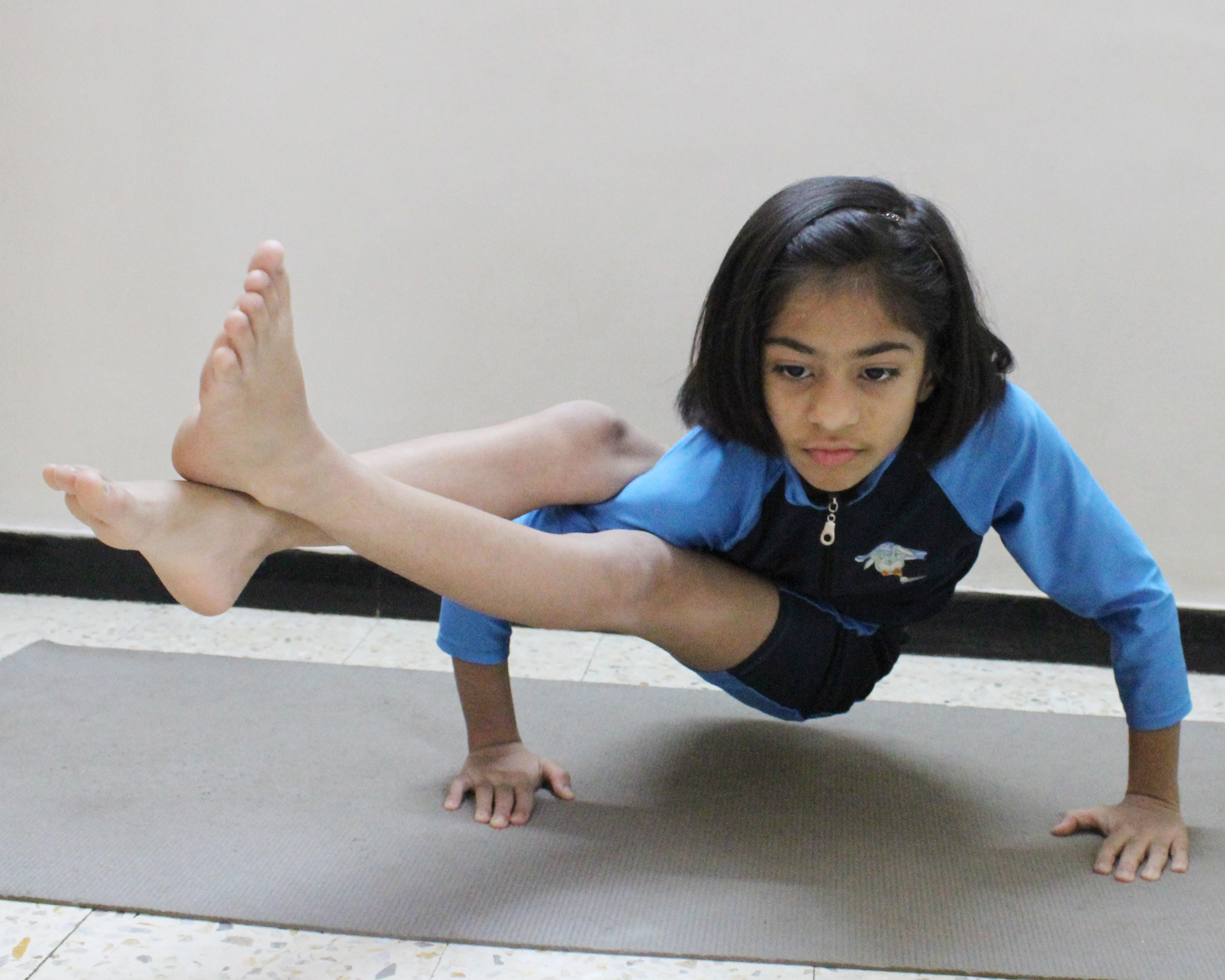Astavakrasana
Yoga is for Posers.

Astavakrasana {Eight Angle Pose} -Steps And Benefits Astavakrasana or Eight Angle Pose is dedicated to the well-known sage Ashtavakra. According to the Ancient story, Ashtavakra had displeased his father while he was in the womb, so he was cursed and was born curved in eight places. In Astavakrasana Asta means eight, Vakra means to bend and the meaning of Asana is pose, seat or posture. While performing this Asana, your body looks like crooked same as Sage Ashtavakra, so that’s why this Asana named so. Astavakrasana is an intense arm balance pose with the twist. When you practice this Yoga pose, you should keep in your mind to let go of your limitations or weakness (Physically and mentally). Eight Angle Pose is a great way to build your equilibrium and stability while strengthening your wrists and arms. Preparatory Yoga Poses: – Chaturanga Dandasana, Utthita Parsvakonasana, Uttanasana. Follow – Up Yoga Poses: – Bhujapidasana, Dwi Pada Bhujasana. Style of Asana: – Ashtanga yoga. Level of Asana: Advanced Steps of Eight Angle Pose(Astavakrasana) (If you are uncomfortable in this pose then, Use a bolster to rest the bottom of your buttock and your outer legs.) Benefits of the Eight Angle Pose NOTE Don’t perform this pose, if you have wrist, elbow or shoulder injuries. Astavakrasana is very intense so practice preparatory poses, follow- ups poses and forward bending Asana before performing this pose. Don’t push your limit during asana, do as much as you can. Performing Asana in a right manner is very essential for every learner. So, perform all the yogic activities in under the supervision of an expert trainer/teacher.